8 Places to Find Prespawn Bass: Best Tactics and Tips
Bass fishing provides an exciting adventure all year round, and that’s largely due to not only the viciousness that bass exhibit when they’re caught, but also because of how their behaviors change frequently. Each season, and tons of different events that occur within each season, dramatically change the way bass behave and what you have to do to catch them. Sometimes it slows them down, and sometimes it turns the action level up to 11 with non-stop excitement.
Fishing for prespawn bass is one of those more exciting experiences, and you don’t get to do it often.
So, we’ve put together this guide with 8 places to find prespawn bass and a few great tactics you can use to maximize your potential.
Let’s get started.
Newsletter Signup
What is a Prespawn Bass?
If you’re new to bass fishing, you might not know what spawn is, and that’s necessary to understand the entire point of this guide. So, we’ll start here.
Bass lay their eggs for about one week in the early spring. This is called the “spawn”. The prespawn period is right before the spawn when the bass start preparing themselves.
Think of it as a bear going into hibernation. During the spawn, bass don’t get to eat much, and they can’t exert a lot of energy. They make “beds”, which are little circles of flatness on the bottom of the lake, and they move pebbles and smaller bits of debris into those flat areas to make a safe spot to lay their eggs. They then hover over those beds until the eggs hatch to ward off predators and ensure that the next generation of bass gets a fighting chance.
As such, the bass tend to go into a feeding frenzy for a few days before they nestle down for the spawn, and they’re busy getting to their beds in the first place. Both of these periods can be taken advantage of by a good angler, but they require two different approaches.
Featured Resource: The Life Cycle of Bass: An In-Depth Look into Bass Biology
The Difference in Tactics Between Prespawn and Spawning Bass
As we said, you can fish throughout the prespawn and spawning periods with great success. In fact, you should. Don’t pass up a great opportunity to land a new personal best. However, your tactics have to change.
During the prespawn period, you’ll want to use slower finesse-based presentations and lures. This sounds like it contradicts the fast-paced action tidbit we talked about earlier, but since the bass are constantly moving around, they’re not stopping every thirty seconds to check out a random flash from a fast-moving reaction-based presentation.
You want the bass to stumble upon the lure, see it as a part of its natural diet, and snap it up before it goes about its day.
During the spawn, you’re mostly focused on precision and generating reaction bites. We’ve written about the spawn before, and those guides are available, but in general, your goal during the spawn is to be an annoyance to the point the bass can’t help but get off its bed and attack.
Top Lures for Prespawn Bass
Even if you know where all the best prespawn bass spots are, you still need to know what to use on them if you want to actually get a bass.
Again, finesse is normal here. Our top recommendations are going to be weightless flukes, wacky worms, and lighter Texas rigs with worms. Drop shots can also be useful if you’re fishing lower in the water column.
However, you’re not stuck with those lures. If you’re not really good at presenting slower, more finesse-based lures and rigs, you can always opt for a rattle trap, lipless crank, or crankbait.
Spinnerbaits are often great baits for this type of fishing, but you have to know how to fish them slowly. If you tie on a spinnerbait and buzz it through the water, you’re probably not going to get the results you’re looking for.
Finally, if you're fishing in murky water, you might want to try darker crawfish lures or neon options. Fish them at the bottom, and you might be able to get some big bass looking for crustaceans to round off their diet before the big spawn.
When is the Prespawn Period?
This is one problem that almost every beginner and intermediate angler deals with, and even the pros are frequently caught off guard by it. There’s no exact date for spawning. It’s not like all the bass get together, talk about what works for them, and then release a PSA with a date and time for you to hit the lake. There’s a bit of guesswork and luck involved.
The good news is, that anglers have more or less found enough good indicators that, with practice, you can get some great fishing in year after year.
The spawn occurs in early spring. The water needs to elevate above 55 degrees and hold for a bit before the bass will commit. After all, they can’t afford to spawn immediately and then one last cold snap comes through and destroys their eggs.
So, when you see the temperature rising in the forecast a bit and holding for a week or two, it’s likely that the spawn is starting. You can also get a general idea by looking at online resources for your state and talking to other, more experienced, anglers.
The respawn occurs right before that for about a week. So, you’ll want to identify the start of the consistent temperature change from winter to spring and fish during that period.
In the United States, temperatures vary dramatically across the country during any given season. So, the spawn is going to be different from state to state and area to area. A quick Google search should give you a great head start, though. Search for “bass spawn in –your state-”.
8 Places to Catch Prespawn Bass
Prespawn bass are pretty sporadic. They’re rushing around trying to eat, make their beds, and generally get their to-do list crossed off before they hunker down. As such, they’re going to be all over the place.
However, you can narrow down their most likely location by looking at your local body of water and searching the following features.
1: Docks and Hard Structures
This is on practically every “where to catch bass” list ever, and there’s a good reason for it. Docks and other hard structures are bass magnets. They attract baitfish that are trying to hide, provide shade, and generally make for great places to isolate themselves. Which is actually how a bass tends to live its life.
The first place you should check is any dock or similar structure when you get to the lake. You’re not guaranteed to find anything, but it’s the perfect starting point, and half the time, you’ll start your day off with a nice bass rather than waiting around to find the perfect spot.
2: Rip-Raps
Rip-rap banks are also great areas to check out if the docks don’t produce any results.
A rip-rap bank is a man-made bank that’s a sheer wall that extends from the water’s floor up to a few feet above the surface. It’s designed to keep waves from eroding the actual bank over time and expanding the water further out as the rain falls and fills it up.
This is particularly common around developed parts of a lake. For example, if the park management team had set up a lakeside park for children and families, they wouldn’t want the bank to erode and eventually swallow the park.
These are great places to look. The water column is consistent from top to bottom near these banks, and they tend to be popular with baitfish. They’re also hard surfaces, and bass like to spend as much time around hard surfaces as possible.
You won’t find these at every lake, though. If the lake’s management hasn’t seen a reason to install them, you’ll have to look for other suggestions we’ll be giving.
3: Laydowns
Laydowns are areas with fallen trees lying down in the water. These are amazing spots to fish regardless of what time of year it is, and you should never pass them up. They make for great hiding spots for bass, baitfish swim by without a clue the bass are there, and in general, this is prime bass territory.
Unfortunately, laydowns do have a significant drawback. They are almost certain to snag your lure repeatedly. You can avoid this with weed guards and certain rigs, and if you’re experienced, you should be able to get out of most snags without losing your lure, but it’s still annoying to deal with. So, be prepared and check out these tips to reduce snags when fishing.
4: Vertical Lumber
If a fishing spot was just recently made, such as when a dam breaks, you might find standing trees in the water. That isn’t common in most parts of the United States. However, vertical lumber is extremely common in other varieties.
Old dock posts, stilt house stilts, bridge supports for old bridges, and other structures often get left behind when the structure itself collapses or gets removed. It’s a pain to pull those out of the water.
These are great for fishing during the prespawn because the bass will swim around them looking for food, but you do need to have really good aim with your cast. Most standing lumber we’ve seen consists of many different lumber pieces standing close together. If you’re in a boat and snag in the middle of it, especially if the water’s too deep to get it on foot, you can kiss your lure goodbye. Of course, not every piece of standing lumber is like that.
5: Creek Channels
Bass will often navigate through the creeks to get to their spawning locations after spending the winter in deeper waters. This provides a couple of great benefits.
First, creeks are small and easy to cover. So, you’re not moving around a lot.
Second, if it’s relatively clear water, creeks are shallow enough that you should be able to sight-fish. Being able to see where the bass are definitely helps.
6: Creek Drop-Offs
If a creek starts or ends with an elevation change, you have a creek drop-off. This is an amazing area to find big bass because they’ll stick around that drop-off and nab prey as they come swimming through to the shallower water or into the lake itself depending on which end of the creek the drop-off is at.
7: Humps in the Lakebed (and Divots)
If you know the bottom of the lakebed has a hump or divot, cast past it and run a lure over it. These subtle but sudden elevation changes are prime spots for bass to wait in ambush for prey.
8: Near the Beds
The bass might not have their beds made already depending on when you go fishing. However, they will be working their way to that area and finding what they need for their beds. Why not target them while they’re getting cozy?
For this one, you’ll have to have a good idea of where the flats are, and you’ll want to do it right before the spawn. If you try to fish this type of area early in the prespawn period, the bass will still be working their way up and getting to the area in general.
Is It Worth Fishing the Prespawn Period?
So, is it worth fishing before the spawn, or should you wait until the spawn starts and get the bass when they’re sitting ducks? Well, we think it’s worth it to do both.
Discovering the right places to find prespawn bass can be challenging, but once you pinpoint their location en route to their spawning beds, an incredible fishing experience awaits you.
Back-to-back bites, big bass that grew all winter, and fast-paced action await any angler who puts in the work during this period.
However, it’s not always easy, and if you want to take a lot of the hard work and guessing out of it, download the BassForecast fishing app. You'll have in-depth weather information at your fingertips beyond what the news posts, a spot-on solunar, and more.



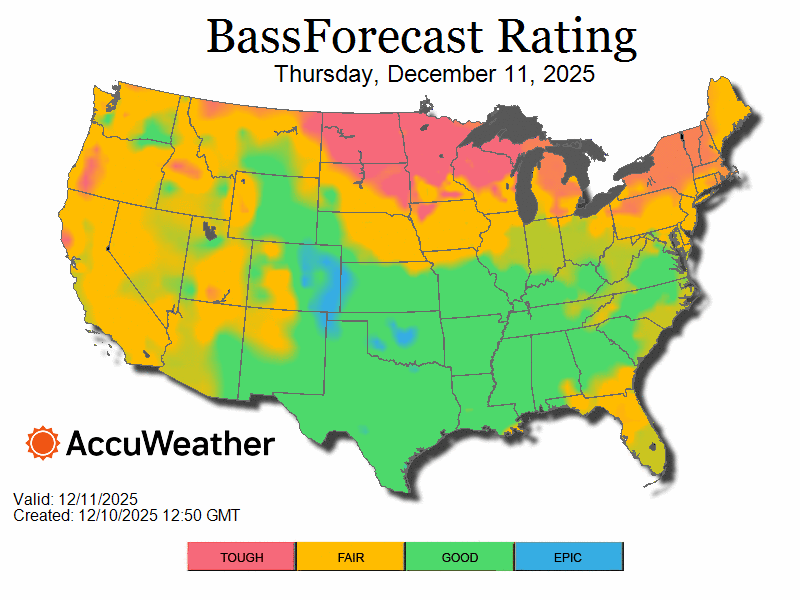
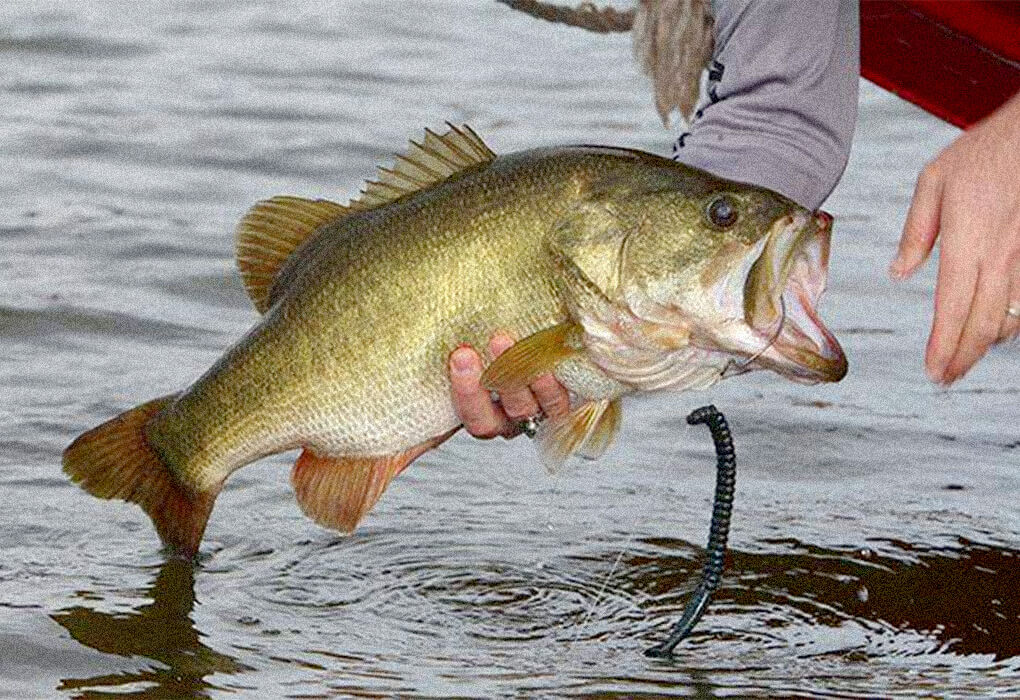

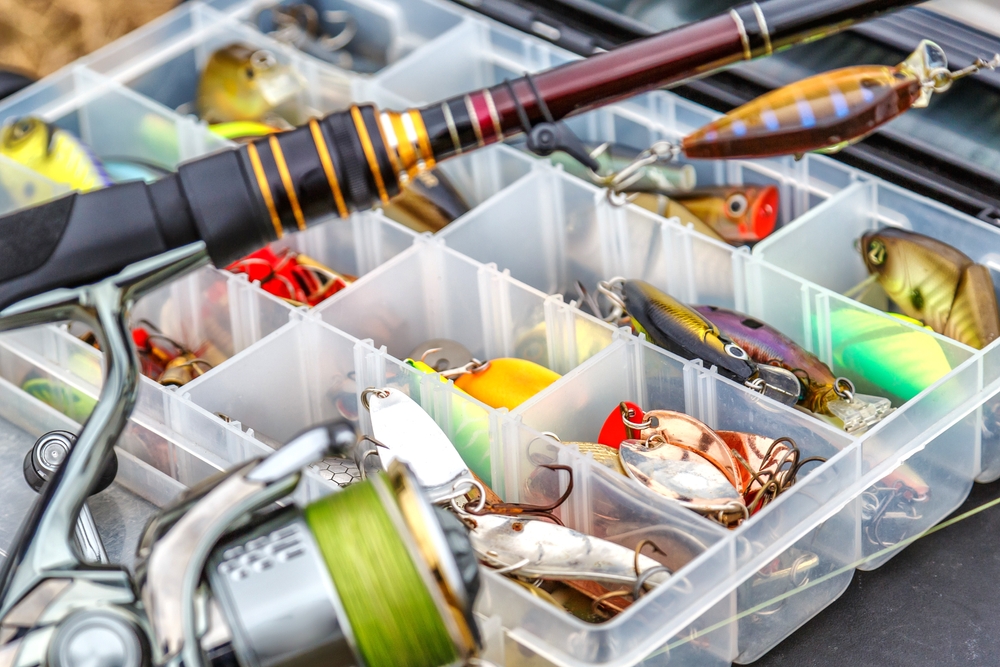
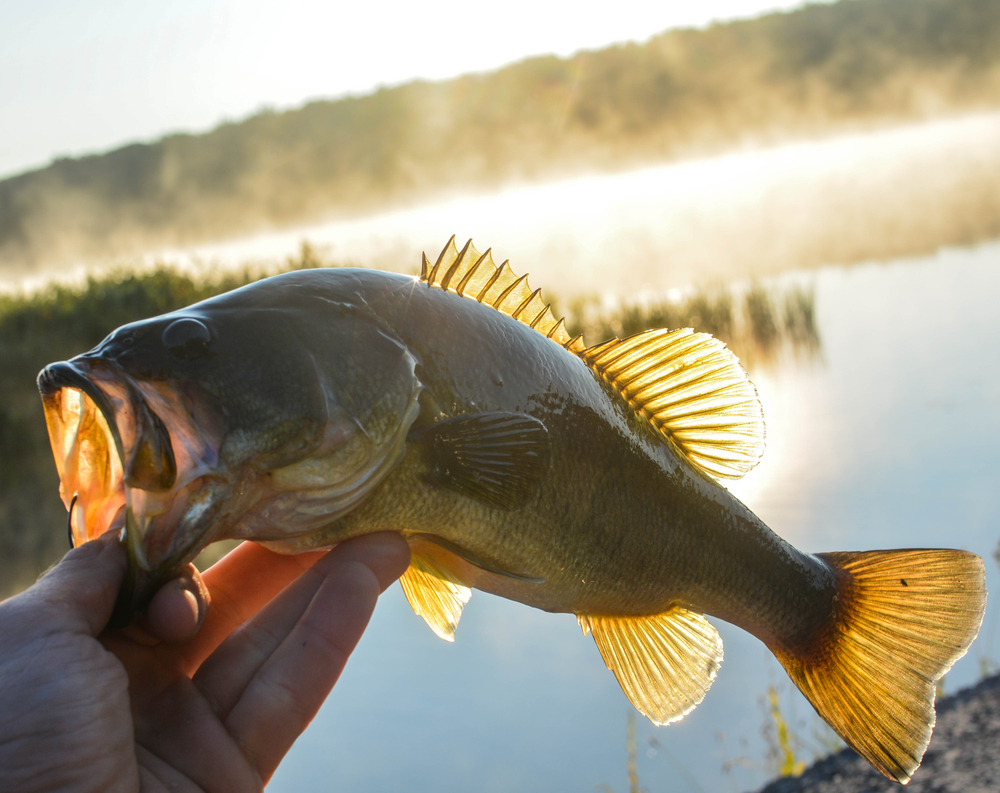

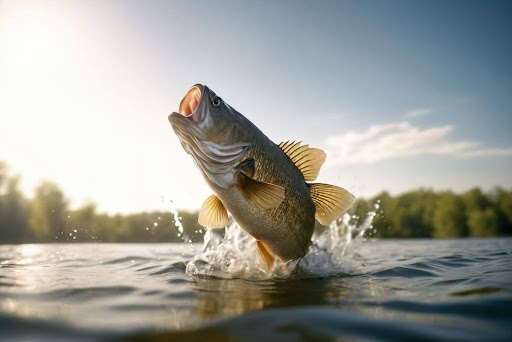
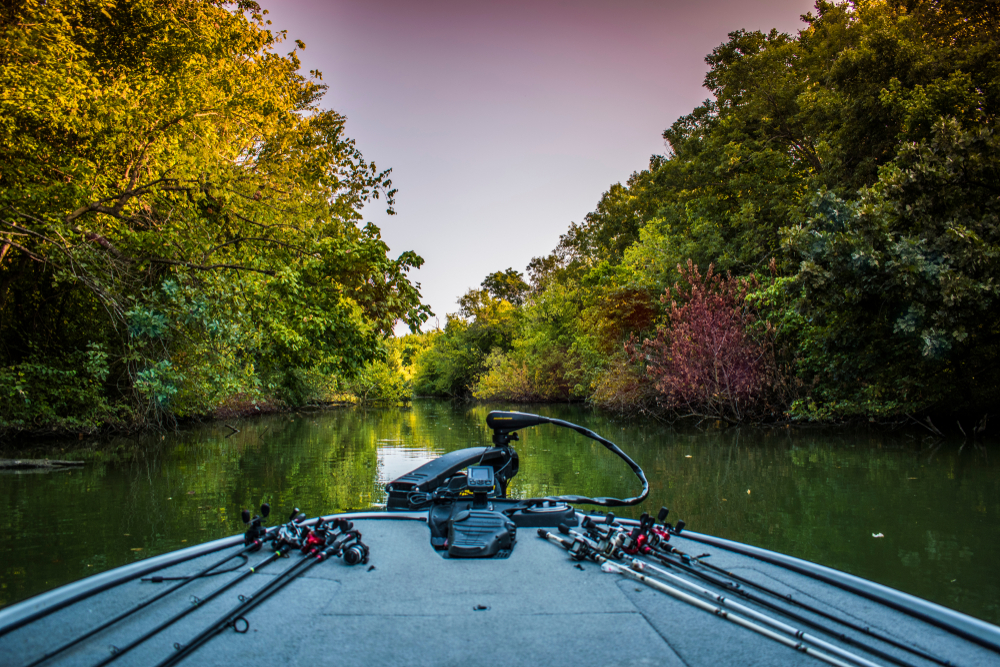
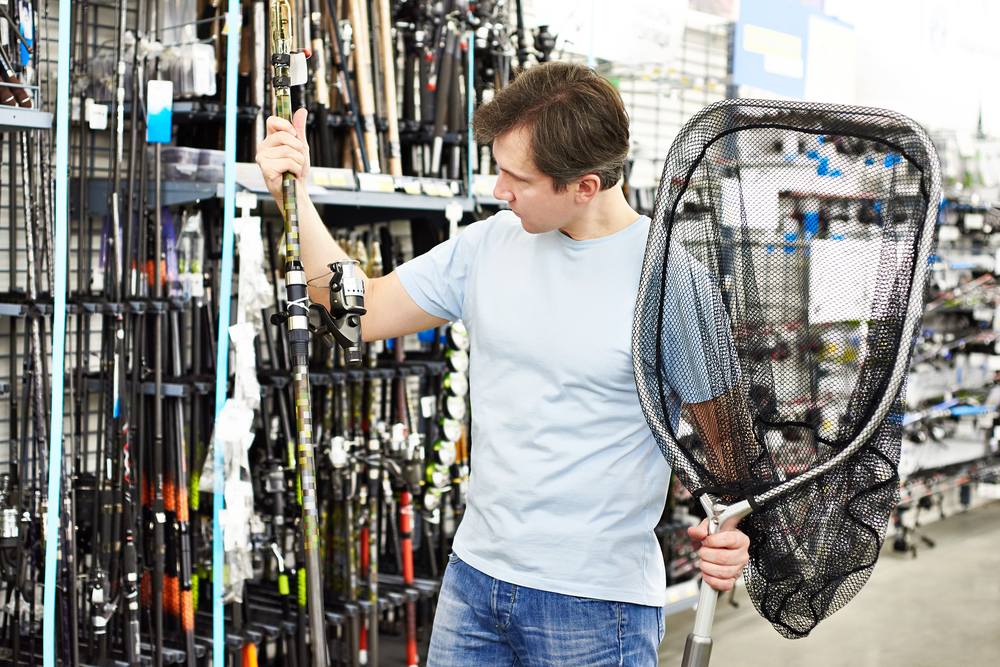
.png)
.png)